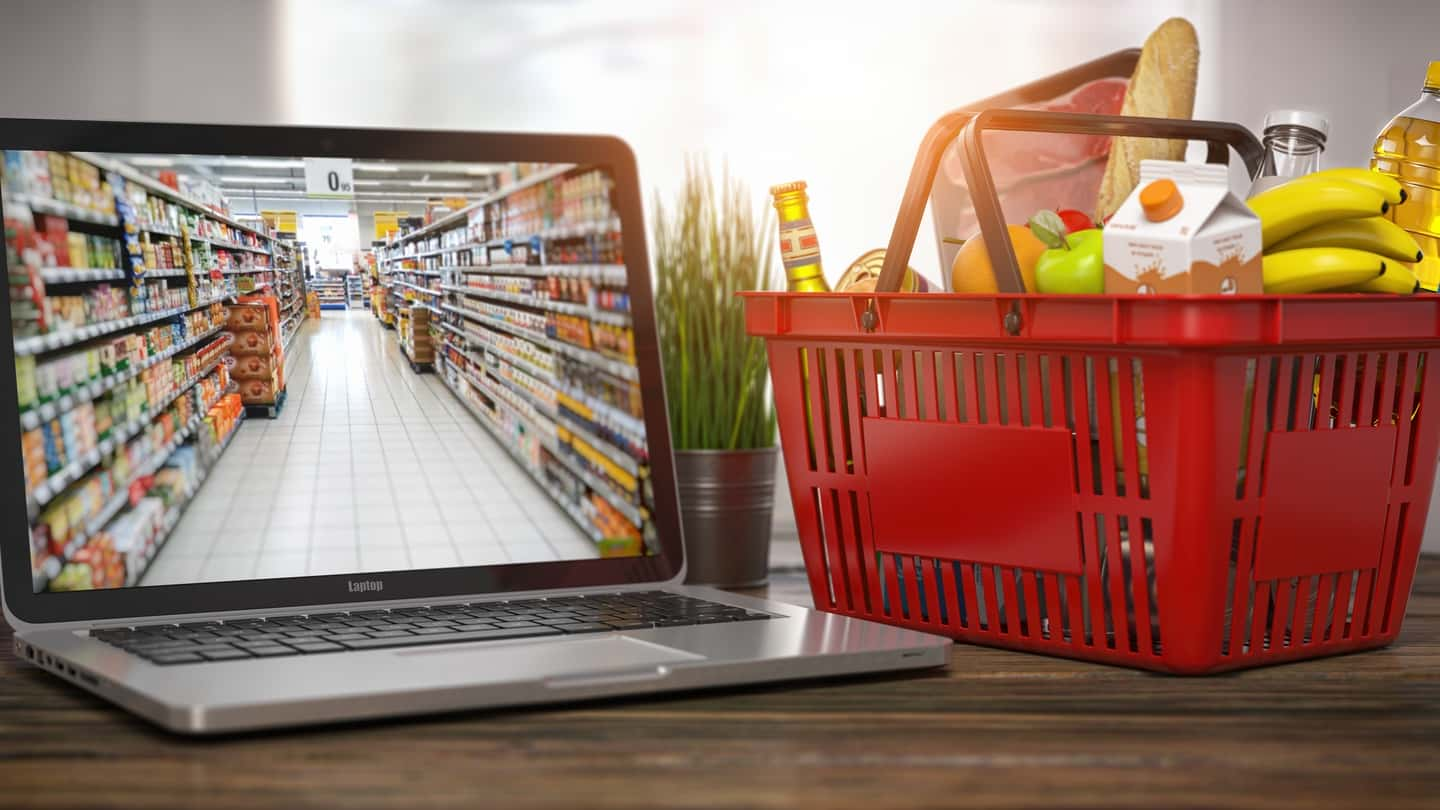In 2020, a recent study revealed a noteworthy decrease from 24.5% to 22.5% in the prevalence of food insufficiency among low-income households in the United States.

This positive trend is directly correlated with the introduction of the groundbreaking SNAP Online Purchasing Pilot (OPP)
The SNAP Online Purchasing Pilot, designed to empower SNAP beneficiaries, facilitated online grocery acquisitions for both pick-up and delivery. The extensive national deployment of the SNAP Online Purchasing Pilot (OOP) was an immediate response to the challenges posed by the COVID-19 pandemic, significantly restricting people’s conventional access to sustenance, particularly affecting those with limited financial resources.
By June 2020, the surge in SNAP online grocery purchases reached a remarkable $155 million, a stark contrast to the $3 million recorded in January of the same year. The SNAP Online Purchasing Pilot’s expansive reach by the end of September extended to 45 states and the District of Columbia, leading to an astounding 67-fold increase in the online redemption of SNAP and Pandemic Electronic Benefits Transfer (P-EBT) benefits compared to the pre-pandemic era.
During 2020, very low food security, a condition often associated with skipped meals, increased for families with children, potentially stemming from school closures that deprived families of the opportunity to access free meals at school
Furthermore, the research highlighted a persistent escalation in concerns related to food in 2022. The periodic food security report from the U.S. Department of Agriculture (USDA) emphasized this trend, disclosing a notable uptick in food insecurity from 10.2% in 2021 to 12.8% in 2022. The rise was linked to heightened food costs and the gradual phasing out of relief measures implemented during the pandemic, as detailed by the Center on Budget and Policy Priorities.




